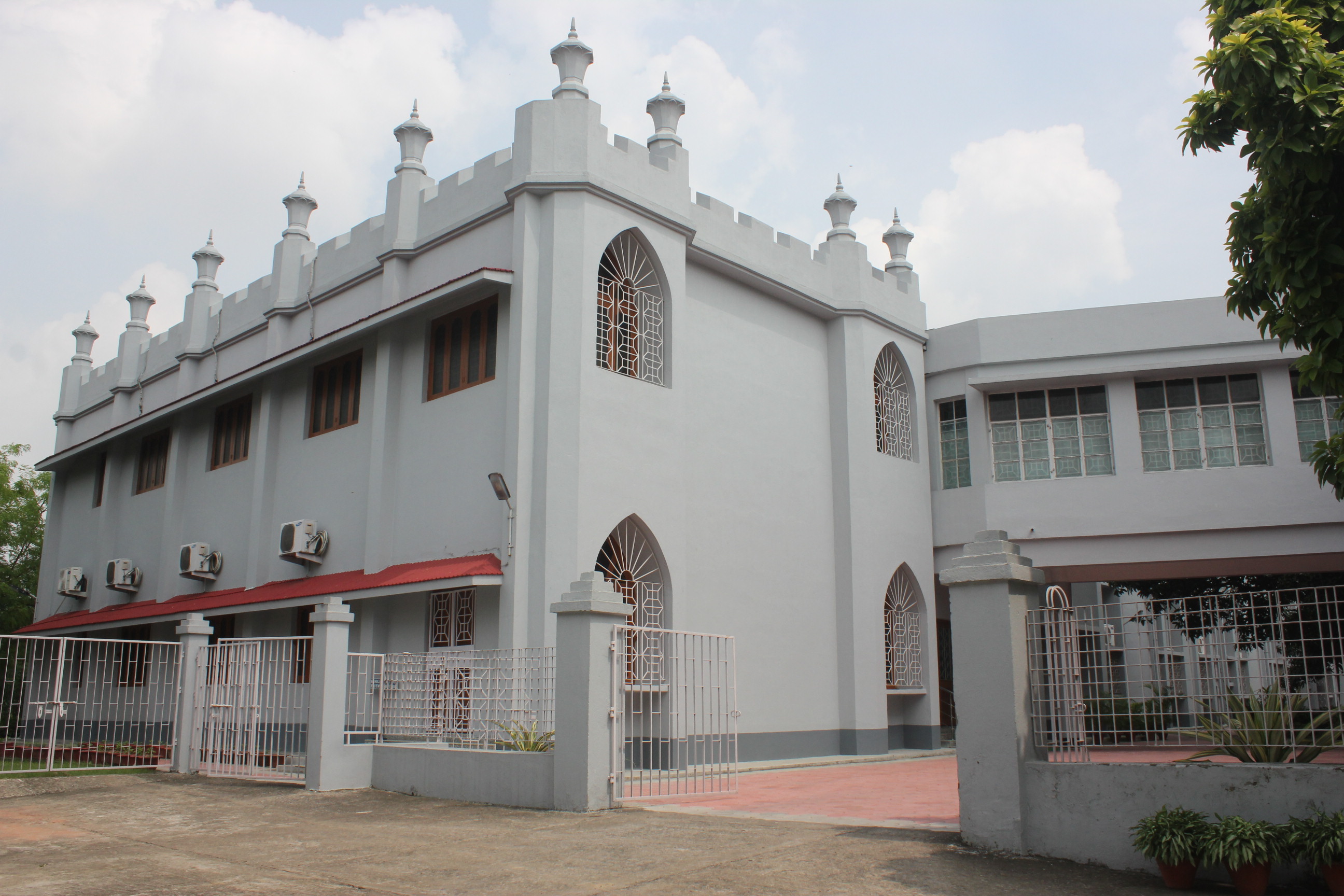 Avila Convent, Patna
Avila Convent, Patna
When Bishop Sullivan, the Bishop of Patna, sent a pressing invitation to Mother Josephine A.C., the Superior General, in 1939, to open a women’s college in Patna, his request was motivated purely by his genuine conviction that women in India, in general, and in Bihar, in particular, had an important role to play. As a result of the vision of Bishop Sullivan and Mother Josephine, Patna Women’s College was started in 1940, as a gift to the women of Bihar. Accompanied by Mother Clarissa, Mother Josephine arrived in Patna in October 1939. ‘She came, she saw and was conquered’ It seemed a wonderful project, to be of service to the women of Bihar, to serve the society and the country, as a whole.
Mother Clarissa was chosen as the first Superior. She and her community, comprising Sisters Benedicta, Jane and Andrea, along with two housemaids arrived at Patna on 16 April, 1940. Opening the main door, the great noble bishop asked the sisters to take possession of the house, his house. After celebrating Mass, he handed the keys of the tabernacle to the superior and walked out of his home, only to return as a guest. This was the home of the sisters, as well as of the College and hostel, for the next eight years. Besides putting his newly built house at the disposal of the convent and college fully furnished and equipped, he had a 3-storeyed building constructed, to house the resident students of the college. Father M. Moran, S.J., was another great friend and supporter of the sisters. As Father Moran had already worked for the affiliation of the college to the Patna University, the sisters were acknowledged as professors. The inauguration of the College took place on 1 July, 1940, with Mother Clarissa as Superior and Sister Benedicta as Principal.
On 24 May 1943, the college was handed over to Mother Theodosia who, as Superior and Principal, steered the college for fourteen years. For eight years the college and convent were housed in the Bishop’s House at Bankipore. The present college building remains as a majestic monument to the creativity of Father Loesch, S.J. with a harmonious blend of four architectural styles, Gothic, Hindu, Muslim and Norman (Danish). The building has stood through the years in all its majesty, a symbol, not only of the universality of university education, but also of that much higher value, communal harmony and unity in diversity. On 16 July 1948, the college and convent moved to the new building on Bailey Road, opposite the High Court. Pioneering often implies toil in a dark night, with waves of difficulties and small rewards. In Avila Convent, Patna, the dark night was certainly long, but the draught in the long run has been large and truly marvellous.
The college, with Sister Benedicta as Principal, began with 12 students on roll, the number rising to 25 before the end of the month. Under the able guidance of succeeding principals, Mother Theodosia, Sisters Lucile, Liceria, Margaret Mary, Doris D’Souza and Sister Marie Jessie, the strength grew steadily through the years and stands today at over 5000. The status rose rapidly from Intermediate to the Graduate level, followed by B.A. / B.Sc. / B.Com./Vocational Honours courses and Postgraduate courses in Home Science and MCA. Special importance was given to Value Education, Leadership Training and Sports, especially geared to the needs of women, and continued to go side by side with the academic courses. The result has been that, as learning progressed, the women graduating from Patna Women’s College could keep abreast, not only of the men, but also of the fast moving changes in the society.
Patna Women’s College (PWC) is a Premier Institution, the hallmark of which has always been Quality and Excellence. At three consecutive assessments, it has been awarded ‘A’ Grade by the National Assessment and Accreditation Council (NAAC). The College became a recognized centre with Potential for Excellence and is now poised to become a recognized Centre for Excellence. New Departments are added, New Courses introduced and a remarkable achievement has been the instilling of research culture in undergraduate students.